- About us
- Support the Gallery
- Venue hire
- Publications
- Research library
- Organisation chart
- Employment
- Contact us
- Make a booking
- Onsite programs
- Online programs
- School visit information
- Learning resources
- Little Darlings
- Professional learning
Miranda Otto (b. 1967), actor, was in her late teens when she decided to follow her parents into the acting profession. Before graduating from NIDA in 1990, she had appeared in films including Emma’s War (1986). She earned AFI best actress and best supporting actress nominations for her performances in The Girl Who Came Late (1991), The Well (1997), In The Winter Dark (1998) and Gillian Armstrong’s Last Days of Chez Nous (1992) before making her American debut in The Thin Red Line in 1998. She appeared in a BBC television adaptation of Trollope’s The Way We Live Now in 2001 before adding vastly to her international profile with her role as Éowyn in the second and third films of the Lord of the Rings trilogy. Otto’s many other film credits include roles in Doing Time for Patsy Cline (1997), the horror-thriller What Lies Beneath (2000), and The Homesman (2014). On television, she appeared in The Starter Wife in 2007; and in 2004 she played the title role in the Australian mini-series Through My Eyes: The Lindy Chamberlain Story. She starred in the US remake of Rake in 2014, and in 2017 she played Rebecca Ingram in 24: Legacy.
Collection: National Portrait Gallery
Gift of the artists 2003
© Montalbetti & Campbell
Montalbetti + Campbell (8 portraits)
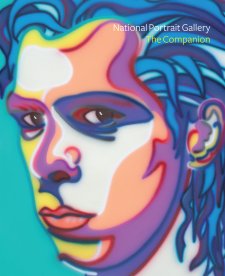
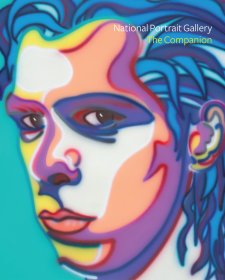

On one level The Companion talks about the most famous and frontline Australians, but on another it tells us about ourselves.

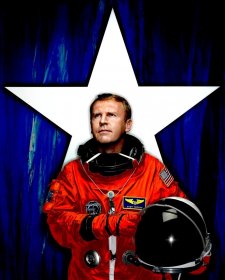

Magda Keaney talks with Montalbetti+Campbell about their photographic portrait of Australian astronaut Andy Thomas.
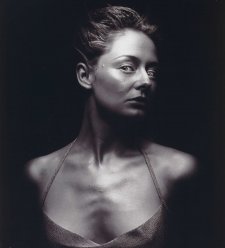
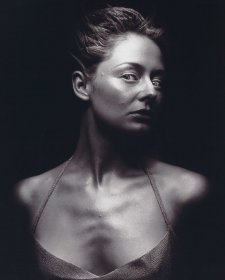
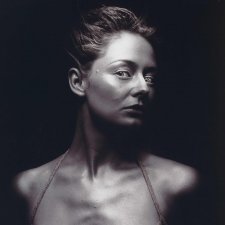
Eye to Eye is a summer Portrait Gallery Collection remix arranged by degree of eye contact – from turned away with eyes closed all the way through to right-back-at-you – as we explore artists’ and subjects’ choices around the direction of the gaze.